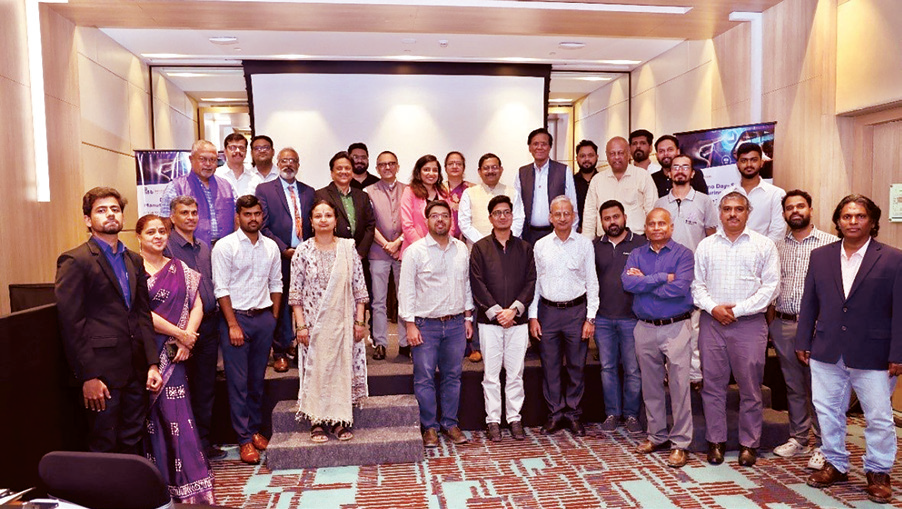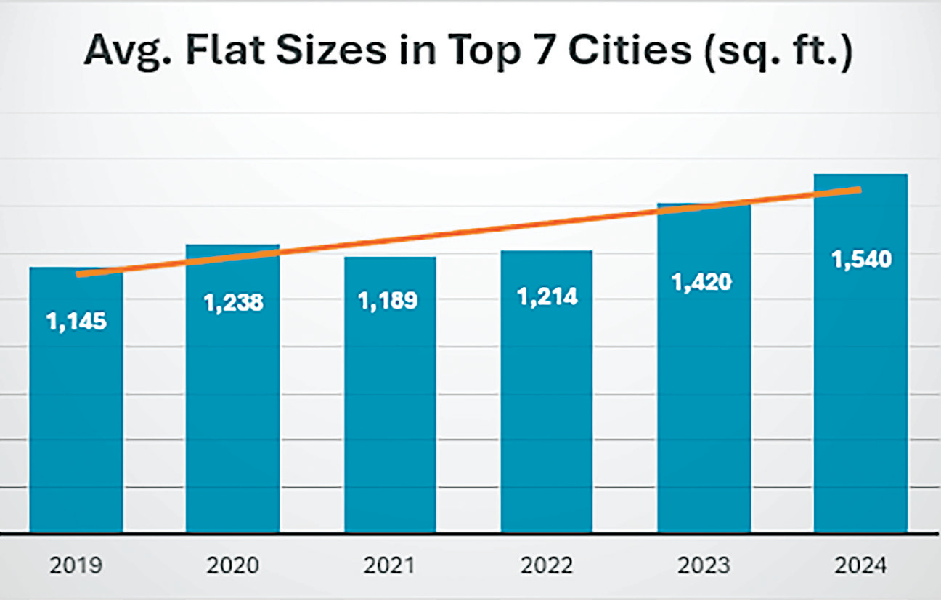
Fashion conscience: Fast fashion is creating an industry that’s wasteful and pollutes the environment.
Rachana Ramesh
A brand purchase made Aon impulse here and A a very well planned pick-me-up from another there; or a quick scroll during the day on your phone, a simple click, a casual add-tobasket. Who are we hurting?
Fast fashion is a term broadly used to describe the clothing industry business model of replicating recent catwalk trends and high fashion designs, and mass producing them at low cost for retail while demand is still high. “I have such conflicting views about fast fashion,” says Ishaaniya, a writer. “It is unsustainable as hell and it’s so unethical, but it’s very easy to throw hate on people for buying from big brands that are filled with green-washed marketing gimmicks,” she adds.
When it comes to clothing, the impact is less obvious. As consumers worldwide buy more clothes, the growing market for cheap items and new styles are taking a toll on the environment. Fashion production makes up 10 percent of humanity’s carbon emissions, dries up water sources, and pollutes rivers and streams. What’s more, 85 percent of all textiles go to the dump each year. While fashion is one of the world’s most wasteful and polluting industries, it is also one of the most exploitative. Less than 2 percent of clothing workers globally earn a fair living wage, with most of them trapped in systemic poverty at almost every stage of the long and shadowy supply chains.
While customers enjoy the ease, speed and abundance, it’s they who are paying the price.
“It is affordable and super accessible which is why it’s easier to go buy from these brands. If you need a new top or a pair of jeans, walking into a mall and buying from a fast fashion store that has impossible sales is easier and cheaper than going to a more sustainable and ethical brand which usually costs more,” says Ishaaniya. “When you have more money, you can think of more sustainable options so it essentially becomes like a very paradoxical hypocritical situation,” she says.
\There’s no one of a kind solution – we all have accommodated to different lifestyles, different tastes and different levels of privilege. As Paul Simon sang, there must be 50 ways to leave your love. Here are a few ways to ditch fast fashion for a slower, fairer style.
Who says a makeover montage is restricted only to teen romcoms? A good old dressing-up session is one of the best ways to tackle the boredom in your wardrobe and remind yourself just how many options you have. Studies show that most people wear 20 percent of their wardrobe 80 percent of the time.So make time for yourself this weekend and dedicate an evening to experiment with different combinations and master new styling tricks.
Pull out a bunch of clothes from your cupboard and ask yourself – “How many times have I worn this?” If the answer is in single digits, ask why. Interrogate those unloved garments and be honest. Did you buy it for an occasion you never got invited to or to fake a lifestyle you don’t want to live? Was it bought as an emotional collateral, out of insecurity, sadness, hunger or boredom? Learn to identify your most common shopping triggers and this will further make it easier to resist the lure of the quick-fix purchase.
Try a gentler approach, if a total ban on shopping can be overwhelming, before buying anything new, endeavour to find it secondhand first. This could mean rummaging in a thrift store. Buy a preloved version from a resale platform, or even just borrowing something similar from a friend. If we all choose to recycle clothes, it could reduce the demand for new manufacture and landfill.
 English daily published in Bengaluru & Doha
English daily published in Bengaluru & Doha






